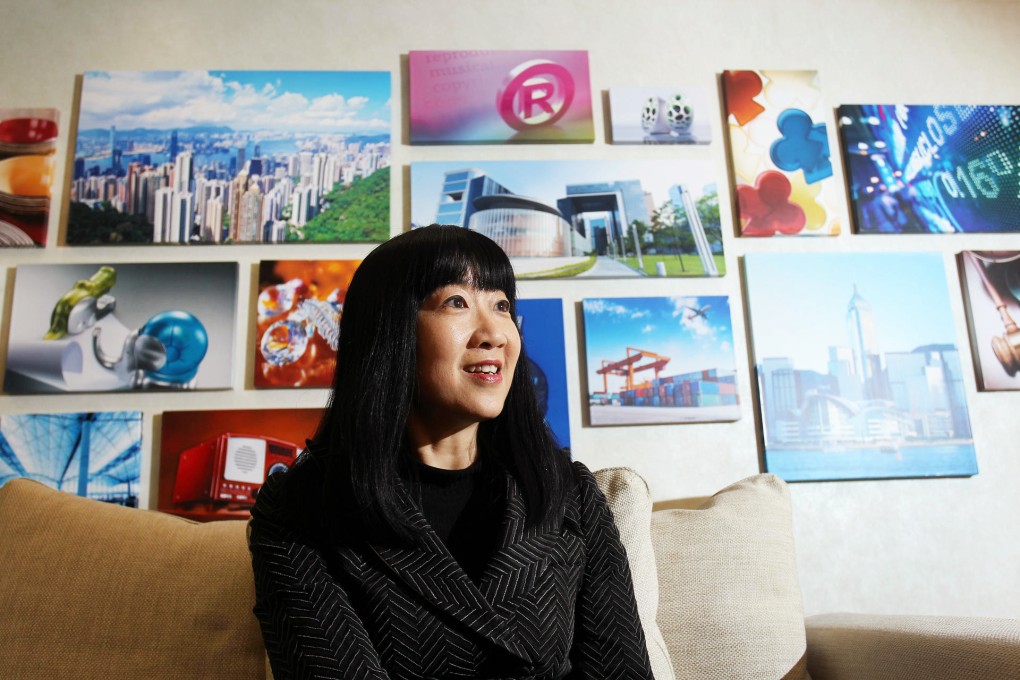Hong Kong can be 'gateway to Southeast Asia' says TDC executive director
Trade council is confident the city can rival Singapore as commercial opportunities grow

Already seen as the bridge to the mainland, Hong Kong should expand its horizons, according to the Trade Development Council's executive director Margaret Fong Shun-man.
"Hong Kong should position itself as the gateway to Southeast Asia," she said. "It would help foreign investors venture into the region, as well as helping Southeast Asian companies explore overseas markets."
There will also be more opportunities in the Asia-Pacific, she added. As the Asia-Pacific Economic Cooperation (Apec) chair this year, China helped push for a two-year feasibility study into establishing a Free Trade Area of the Asia-Pacific (FTAAP) for the entire 21-country Apec membership which includes the US and Japan, as well as Hong Kong.
It is not an easy plan, but success would see half of the world's trade happen within the free trade area, Fong said.
Meanwhile, Hong Kong is also negotiating a free trade agreement with the Association of Southeast Asian Nations (Asean) economies, which is expected to be completed by 2016.
"Chinese migrants in Thailand, Malaysia and Indonesia have all established companies in Hong Kong to serve their customers back home," Fong said, adding that greater promotion could allow more overseas companies to see the potential of using Hong Kong to reach out to these same Asean markets.